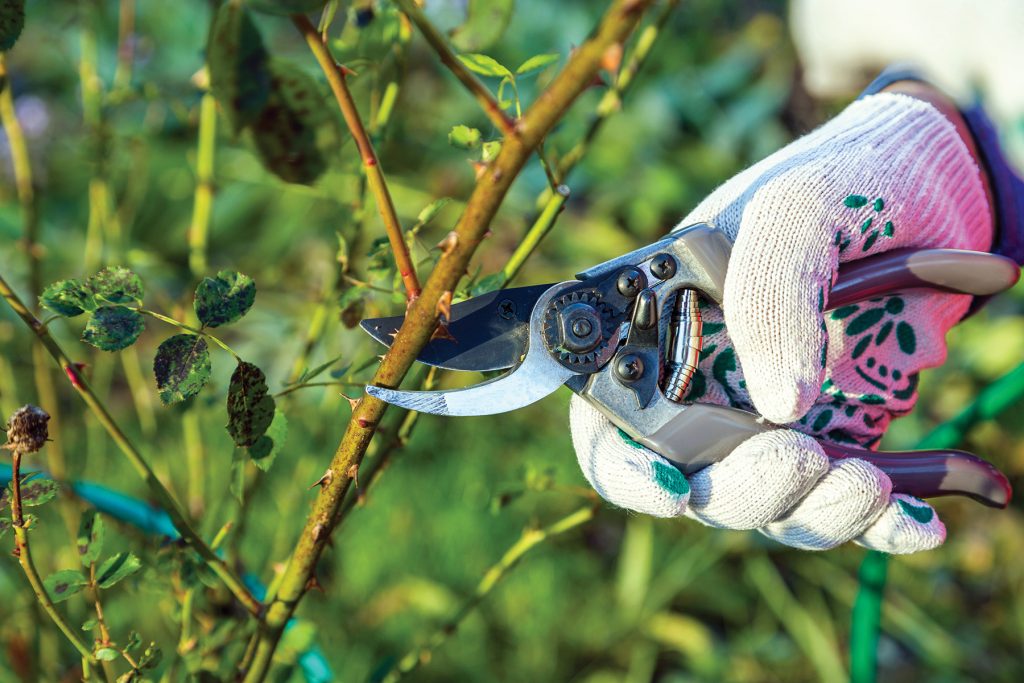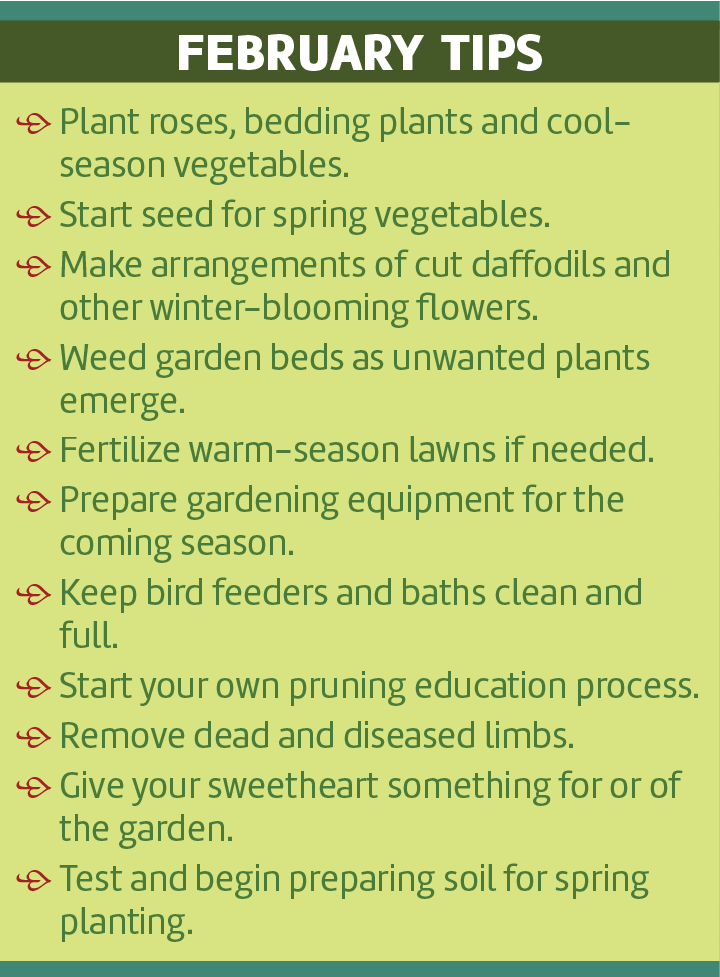Of all the chores I do in the garden, pruning is the most intimidating to me. It seems counterintuitive to take sharp objects to the plants I love, and I always worry about doing them more harm than good. However, after years of trial and error and lots of self-education, I’ve become much more comfortable with the task of pruning. In fact, sometimes I even love it.
Early in the process, it helped me to recognize that Mother Nature prunes. Sure, she uses natural forces, such as weather (think wind and ice) and wildlife (cue deer, rabbits and birds) to do the work while I have to use tools and my wits. But ultimately, we both have the same goals in mind: improving the health, beauty and productivity of our plants and ecosystems.

It also helped me to understand that there are different reasons to prune — to maintain the health of plants, control plant size and shape, rejuvenate fading plants, shape and train plants, boost flower and fruit production and remove hazards, among them — and that each of these reasons may call for a different pruning technique. Identifying my primary goal before making the first cut helps me feel more confident about pruning.
One of my biggest worries, however, remains timing. Knowing when to prune can be a challenge because it seems each plant species and cultivar has a different schedule. For instance, pruning is often touted as a chore to do in February when many plants are dormant and leafless. But pruning some plants that time of year will adversely affect their fruiting and flowering schedule.
The “May Rule” has helped me deal with that worry. It advises that most plants that bloom in or after May should be pruned in February and early March while those that bloom before May should be pruned only after their flowers fade. Of course, for every rule there is an exception. Some plants that bloom after May, such as oakleaf hydrangeas and several late-blooming azalea cultivars, form flower buds during the previous season on “old wood,” so cutting off last year’s stems and branches too soon will cut off this year’s flowers.
If that weren’t enough to make pruning scary, there are all those other plants such as nonflowering or fruit-bearing trees, shrubs and vines, ornamental grasses or even potted house plants to worry about. Some need little to no pruning, others should be pruned severely once a year and still others need constant pruning. And then there are all the tools and the pruning techniques to understand. It can be overwhelming!

But after years of trial and error and trying to be brave, I’ve finally figured out the best way to tackle pruning — take it one plant at a time. I look up the needs and preferences of my plants before going after them with clippers and then I take the pruning process slowly. Using this approach, I’ve found that I actually enjoy pruning. Like weeding and planting, it can be an almost meditative process and seeing the results of my pruning, including sometimes clippings that I can use to propagate new plants, is quite gratifying.
If you’re trying to improve your relationship with pruning, lots of resources are available to help, ranging from free how-to publications available through the Cooperative Extension System to award-winning books on pruning, some of which give plant-by-plant advice.
Local gardening groups, garden centers and public gardens also often sponsor free or low-cost pruning workshops. And simply doing some online research (through reputable horticultural sources) on the plants in your life is a great way to gain knowledge and develop a stronger connection to those plants. And maybe even fall in love with pruning.
Katie Jackson is a freelance writer and editor based in Opelika, Alabama. Contact her at [email protected].


